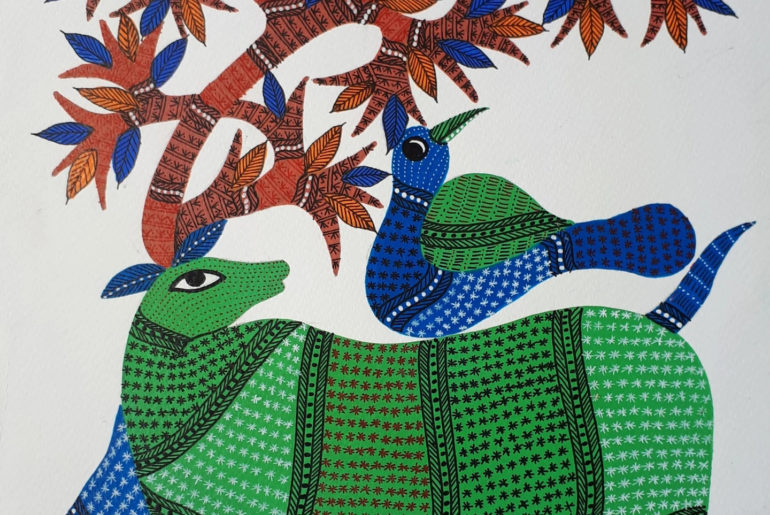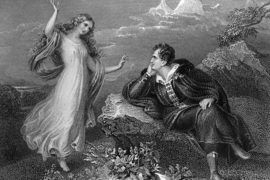India’s rich and distinct cultural heritage has given birth to a plethora of art forms that are passed down from generation to generation.
While some Indian art forms have evolved over the years, others have been virtually untouched since their inception. All these folk art forms depict Gods, religion, daily life and social issues with their unique use of canvas, colours and style.
Let’s take a glimpse into several ancient Indian art forms:
1) Madhubani
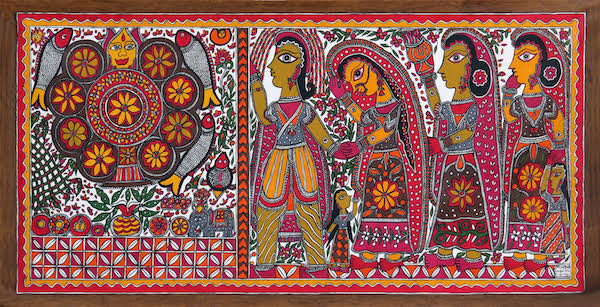
Also known as Mithila art, this art form originated in the kingdom of Janak(Sita’s father in Ramayana) in Nepal and in present day Bihar. This art form was a secret until the mid 1930s when the British discovered in a few houses after an earthquake.
It was mostly practised by women who painted geometrical patterns to depict flora, fauna and god. One of the most popular form of arts, Madhubani paintings are famous for their reminiscence of culture and traditions through wall murals.
William G. Archer stated that these paintings mirror the work of Picasso and Miro.
2) Warli
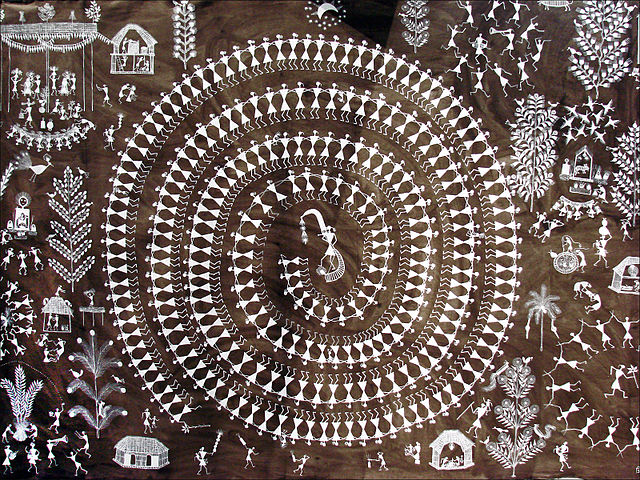
Warli is one of the oldest forms of art in India. It originated in 2500 BCE from the Warli tribes in the Western Ghats. These paintings were used to depict daily activities of the tribe such as hunting, fishing, dancing and festivals.
These striking paintings use various shapes such as circles, triangles and squares in white colour over a red ochre or dark background.
The geometrical patterns as well as the unique representation of humans with a circle and two triangles further enhance the aesthetic appeal.
3) Phad

Phad’s origin dates back to thousands of years in time from Rajasthan. It’s an exquisite narrative scroll painting that depicts epic battlefield stories, astounding adventures, fabled romances etc.
A single composition can hold many stories. Vegetable colours are used to paint on a 30 or 15 feet long cloth or canvas called phad. It also has religious paintings to narrate the lives and good deeds of deities Pabuji or Devnarayan.
4) Gond
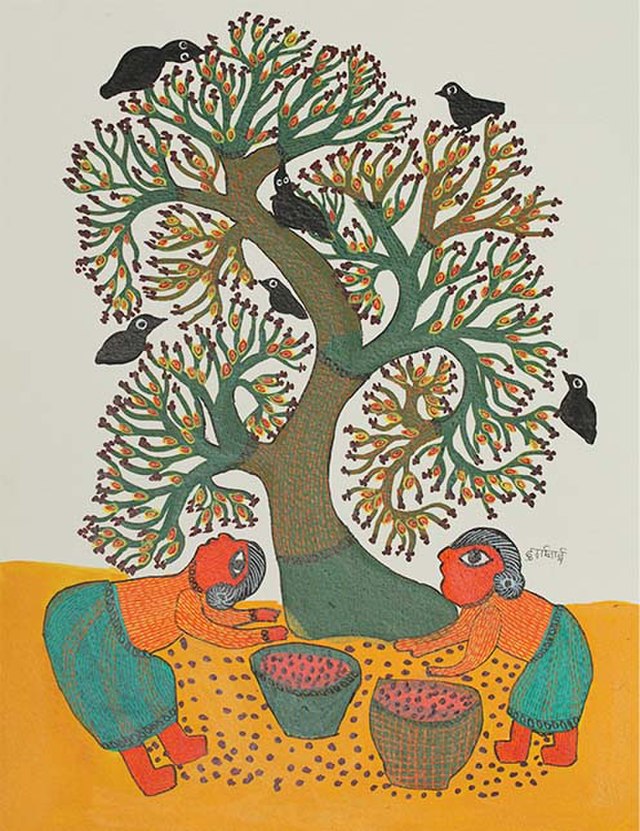
The Gondi tribe from Madhya Pradesh created this art form as a way to express their sense of belonging with the nature. This 1400 year old art form revolves around flora and fauna and was used an offering to Mother Nature in the past.
Gond paintings are simple yet intricate with their use of dots and lines. These bold and vibrant paintings use natural colours made from leaves, plant sap, coloured soil, charcoal and cow dung.
Nowadays, these paintings have evolved and are instead made with acrylic colours. Jangarh Singh Shyam, the most popular Gond artist, was the driving force behind the revival of this ancient form in the 1960s.
5) Cheriyal Scrolls
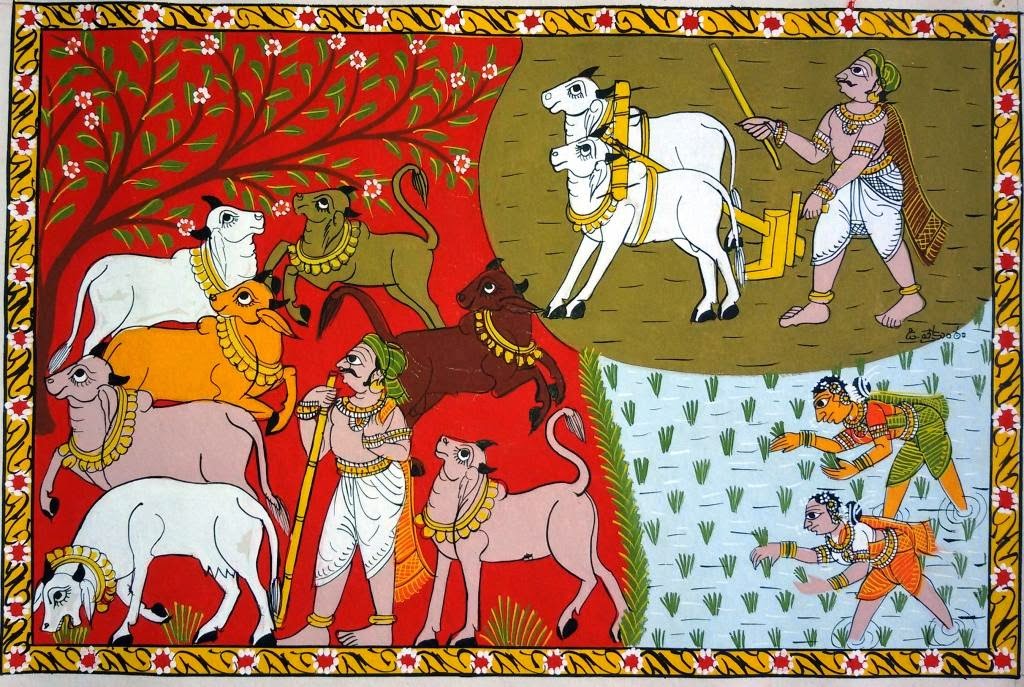
Influenced by long scrolls and Kalamkari art, Cheriyal Scrolls originated in the present-day Telangana thousands of years ago. It is only practised by the Nakashi family and is passed down from generation to generation.
The scrolls are 40-45 feet in length and they depict puranas and epics from Indian mythology and its traditions. Cheriyal scrolls served as visual accompaniments to the saints who travelled while singing or narrating the epics
The brushes are made from squirrel hair and all the colours are extracted from natural sources by the artists. These scrolls predominantly have bright hues over red backgrounds.
Written by Sparsh Paul



